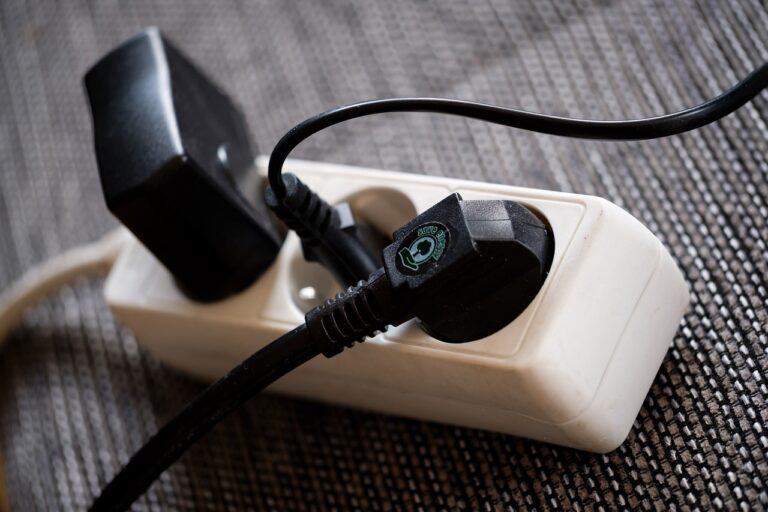 Egyptian authorities hired a deep ocean survey and recovery company to join the hunt for wreckage of the EgyptAir jet that went down over the eastern Mediterranean last week as new satellite evidence emerged to help narrow down the likely crash site.
Egyptian authorities hired a deep ocean survey and recovery company to join the hunt for wreckage of the EgyptAir jet that went down over the eastern Mediterranean last week as new satellite evidence emerged to help narrow down the likely crash site.
Egypt’s civil aviation ministry signed the agreement on Friday with Deep Ocean Search Ltd., according to a statement from France’s air accidents bureau, BEA, which is part of the investigation. A DOS’s vessel will join the Laplace, a French Navy ship set to arrive in the area over the weekend and deploying specialist technology to pick up telltale “pings” from the Airbus Group SE A320’s black-box flight recorders.
European and U.S. satellites captured emergency distress signals from the doomed EgyptAir Flight 804 minutes after it fell off radar on May 19, the U.S.’s National Oceanic and Atmospheric Administration said Friday. A device known as an emergency locator transmitter, or ELT, began radioing an automatic distress message at 2:36 a.m. local time, Lieutenant Jason Wilson, an operations support officer at NOAA, said in an e-mail. That could help indicate a crash area with a 5-kilometer (3.1 mile) radius.
Regarded as key to determining what brought down Flight MS804 while en route from Paris to Cairo with 66 people on board, the data and voice recorders – actually colored orange – are detectable only from within a few miles, and are likely to run out of power in about three weeks.
The Egyptian-led committee that’s investigating the downed plane has begun studying information from Greek air traffic control about the accident and more information on the radar that tracked the plane before it went down “is expected to be received,” the BEA said in a statement. The BEA is involved because Airbus is based in Toulouse and the flight left from Paris.
DOS is based in Mauritius, staffed by veterans of the French Navy and has recovered precious metals from a ship sunk in World War II in the mid-Atlantic at a depth of 5,150 meters (about 17,000 feet), the company said on its website. The area where the EgyptAir flight went down is thought to be more than 3,000 meters deep.
The Laplace, named after celebrated French mathematician and astronomer Pierre-Simon Laplace, will carry three Detector 6000 underwater listening systems supplied by the Alseamar unit of Paris-based search specialist Alcen, a veteran of air-crash searches that also works with defense and oil-industry clients. Two officials from the BEA are traveling on the Laplace.
The probes, shaped like torpedoes and dragged beneath the ship, have an “extremely long detection range,” according to Alseamar, being able to detect pings from black boxes 5 kilometers away. Egypt said Thursday the deployment of more specialist gear would “help speed up” the search effort.
Among previous projects, Alseamar worked on the recovery of the black boxes from a Flash Airlines Boeing Co. 737 that crashed into the Red Sea shortly after takeoff from Sharm el-Sheikh in 2004, killing all 148 passengers and crew.
Last year’s loss of an Airbus A321 operated by Russia’s Metrojet, apparently blown up over Sinai by a terrorist bomb, killing 224, posed relatively fewer challenges, with the flight recorders easily found in the desert landscape.
The Egyptian-led investigation team will still need to narrow down the location of the MS804 wreck to bring the French technology to bear. Previous attempts to find the jet using a submarine were hampered by the lack of a well-defined search area and the depth of the water where it seems to have come down.
Experts remain unclear about what destroyed the Airbus. While human remains so far recovered indicate a catastrophic incident such as a bomb, bodies can also be ripped apart when an aircraft disintegrates following a structural failure, or hits the ground or sea at high velocity.
A string of error messages sent automatically minutes before the A320 plunged into the sea indicated that smoke had been detected beneath the cockpit and in a lavatory, and that windows next to the co-pilot’s seat may have been broken, together with unspecified issues with flight computers.
While those readings might be explained in terms of a bomb blast, they could equally have resulted from a fire and associated electrical failure.
Commander Benjamin Chauvet, a spokesman for the French navy, told reporters at a briefing in Paris Thursday that the search zone remains too wide to quickly home in on the black boxes. Waters in the area are also particularly polluted, forcing searchers to sift through unrelated debris, he said.
Signals from the A320’s emergency locator transmitter may have identified an area with a 5-kilometer radius, the state-owned Ahram Gate website said, citing Ayman Al Moqadem, Egypt’s air-accident investigation chief.
An aircraft ELF emits a radio signal – separate to the flight recorder pings – detectable by satellite in the event of a crash, though the beacon wouldn’t normally function underwater.
(c) 2016, Bloomberg · Gregory Viscusi, Alan Levin, Andrea Rothman / With assistance from Deena Kamel Yousef










